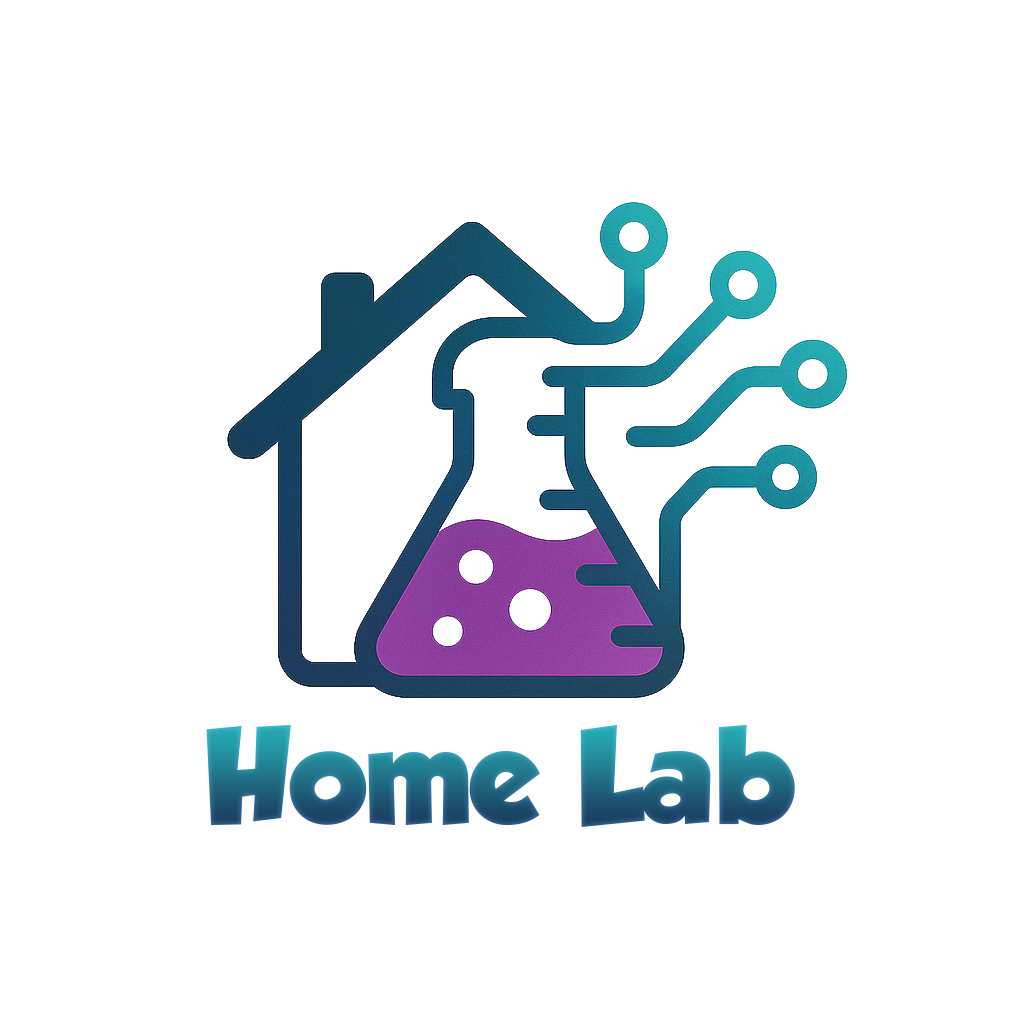Data transformation tool that enables analysts and engineers to transform data in their warehouse more effectively.
| Official website: | https://www.getdbt.com/ |
|---|

Introduction:
In the rapidly evolving landscape of data analytics, dbt (short for “data build tool”) has emerged as a transformative force, empowering data analysts and engineers to streamline the process of data modeling and transformation. Born out of the need for a modern, version-controlled, and collaborative approach to analytics engineering, dbt has become an integral part of the data stack for organizations seeking efficiency and agility in their data workflows. Let’s delve into the world of dbt and explore how it is reshaping the way we approach data modeling and transformation.
Understanding dbt:
dbt is an open-source analytics engineering tool that enables data analysts and engineers to transform their raw data into actionable insights through the use of version-controlled SQL queries. Unlike traditional ETL (Extract, Transform, Load) processes, dbt focuses on the transformation aspect, providing a layer of abstraction that allows users to define data transformations using SQL in a modular and reusable manner.
Key Features:
-
Modular Transformations: dbt promotes a modular approach to data transformations, allowing analysts to encapsulate logic into reusable models. This not only enhances maintainability but also facilitates collaboration and knowledge sharing among team members.
-
Version Control: dbt integrates seamlessly with version control systems (such as Git), enabling data teams to track changes to their analytics code. This version control functionality ensures transparency, accountability, and easy collaboration in a team setting.
-
Incremental Models: dbt supports incremental models, enabling the processing of only the new or modified data. This feature optimizes data transformation workflows, reducing processing time and resource requirements.
-
Documentation: dbt provides built-in documentation capabilities, allowing analysts to document their models directly in the code. This fosters a culture of documentation, making it easier for team members to understand and work with the data transformations.
Use Cases:
-
Agile Analytics Development: dbt is well-suited for organizations practicing agile analytics development. Its modular approach and version control capabilities facilitate iterative development, allowing teams to respond quickly to changing business requirements.
-
Collaborative Data Workflows: dbt’s focus on SQL-based transformations promotes collaboration between data analysts and engineers. With version control and documentation features, teams can work together seamlessly on data modeling and transformation projects.
-
Data Quality Assurance: dbt facilitates data quality assurance by providing a structured and repeatable framework for transforming data. Analysts can define tests to validate the correctness of their transformations, ensuring the reliability of the analytics output.
Conclusion:
As organizations strive for agility and efficiency in their data analytics workflows, dbt has emerged as a key player in the modern data stack. Its emphasis on version-controlled, modular, and collaborative analytics engineering transforms the way data teams approach data modeling and transformation. In a data-driven world, dbt empowers organizations to turn raw data into actionable insights with speed, transparency, and reliability, marking a significant paradigm shift in the realm of data analytics.

